 One Band Many Flavors
One Band Many Flavors“Rolling Stones of fusion.” THE BEAT

Ancient Future's classic second album was reissued on CD to rave reviews by Philo/Rounder in 1994 to commemorate 15 years of Ancient Future history. The reissue made THE BEAT magazine's World Music Top 10 of 1994 List (#4). Upon its initial release on LP Natural Rhythms received two 1984 N.A.I.R.D. "Indie" awards in the fields of World Music and Album Cover Design.
Personel :
Matthew Montfort (scalloped fretboard guitar, classical guitar, gangsa, kukul, tinklik, beer can, sitar and zither),
Mindia Klein (flute, bansuri, gangsa and tinklik),
Benjy Wertheimer (tabla, beer can, esraj, and hand claps),
Phil Fong (sarod and classical guitar),
Kazuyo Muramoto (koto),
Teja Bell (12-string guitar),
ayan Ludra (kukul),
Nyomen Kawiana (kajar),
Christina Harmonia (vocal),
Jim Loveless (marimba),
Jeroen van Tyn (violin),
Mark Fuller (cymbal),
Balinese rice paddy frogs and Pacific tree frogs.-

 Ancient Future is a musical ensemble popular in the world music genre. Founded in 1978, it is known for starting world fusion music, blending centuries-old music traditions, along with mixing them with modern music, such as jazz, rock or reggae.
Ancient Future is a musical ensemble popular in the world music genre. Founded in 1978, it is known for starting world fusion music, blending centuries-old music traditions, along with mixing them with modern music, such as jazz, rock or reggae.
Formed in the late 1978 by Matthew Montfort, Ancient Future coined the term "world fusion music" to describe its use of Indian, African, Balinese, Middle Eastern, and South American rhythm, the rich harmonies of Europe, the peaceful melodies of Asia, and other musical traditions within a contemporary framework. The group's founder, guitarist Mathew Montfort, became fascinated by North Indian classical music during his college years, prompting him to travel to Java, Bali, China, and elsewhere in Asia to study the intricates of musical traditions passed down from generations to generations. Over the years, Ancient Future has expanded its musical vision through collaborations with noted masters of various world music traditions who are now an integral part of what is today more than just a band. Ancient Future has grown to become a large chamber ensemble of 28 performers from around the world with over a dozen similar ensembles within it, enabling Ancient Future to realize its core mission of creating world fusion music.
Style
The original U.S. members of Ancient Future looked beyond their roots for inspiration by studying with master musicians of many world music traditions, from Balinese gamelan director Madé Gerindem, to North Indian sarod master Ali Akbar Khan. They use their knowledge of world music to create something new and uniquely their own that is respected by pundits from other cultures whose traditions are a part of the mix. Ancient Future is also known for mixing together ancient music traditions together with the present and future's music, such as jazz, rock, reggae, and other forms of music.
Legacy and influence
Through cross cultural exchange and collaboration, Ancient Future has created a rich musical world of tradition and innovation. In addition to their original music based on world traditions, the many ensemble variations also perform traditional music from the cultures of the individual master musicians who perform with the band. This provides an educational experience for the audience that excites people about world traditions and then shows how those traditions can can make contemporary culture richer(From Wikipedia, the free encyclopedia)
 Review AMG
Review AMG
by Murrday Fisher
They may be based out of Kentfield, CA, but their music truly spans the globe. Eastern tempos and nature themes combine evocatively this time on Ancient Future's album Natural Rhythms. It's a very frog-enhanced CD, with the little amphibians chirping melodically on a multitude of selections — "Frogorian Dance," "Frogorian Trance," "Frog Orient Chance," and "Magic Rain." "Frogorian Dance definitely joins the top list of contenders for all-time most unusual fusion, with its vocals provided by Balinese rice paddy frogs, and additional percussion from tablas, tinklik, and even Budweiser beer can tabs. (Their album notes at MP3.com point out that this was recorded in 1979, long before the Bud frog ads came out. They've re-released it on MP3.com in 2001, for the benefit of new fans.) It's quaintly charming, fluidly graceful, and world fusion fans will welcome its return. While "Hummingbird" is a lovely composition, tempo wise, it is mostly more languid and mellow than rhythms that would reflect the rapidfire wing beats of the actual bird. Its name derives from hummingbirds being nearby during its composition, rather than an attempt to create a hummingbird-paced song. "Waves" is another gently mellow number as well. Then "Eleventh Heaven" is so titled because it is composed in Chartal Ki Sawari, an 11-beat cycle from North India. This selection also incorporates elements of jazz and rock, both to good effect. In all, it's another skillful and harmonious album — definitely recommended!
Style
The original U.S. members of Ancient Future looked beyond their roots for inspiration by studying with master musicians of many world music traditions, from Balinese gamelan director Madé Gerindem, to North Indian sarod master Ali Akbar Khan. They use their knowledge of world music to create something new and uniquely their own that is respected by pundits from other cultures whose traditions are a part of the mix. Ancient Future is also known for mixing together ancient music traditions together with the present and future's music, such as jazz, rock, reggae, and other forms of music.
Legacy and influence
Through cross cultural exchange and collaboration, Ancient Future has created a rich musical world of tradition and innovation. In addition to their original music based on world traditions, the many ensemble variations also perform traditional music from the cultures of the individual master musicians who perform with the band. This provides an educational experience for the audience that excites people about world traditions and then shows how those traditions can can make contemporary culture richer(From Wikipedia, the free encyclopedia)
 Review AMG
Review AMGby Murrday Fisher
They may be based out of Kentfield, CA, but their music truly spans the globe. Eastern tempos and nature themes combine evocatively this time on Ancient Future's album Natural Rhythms. It's a very frog-enhanced CD, with the little amphibians chirping melodically on a multitude of selections — "Frogorian Dance," "Frogorian Trance," "Frog Orient Chance," and "Magic Rain." "Frogorian Dance definitely joins the top list of contenders for all-time most unusual fusion, with its vocals provided by Balinese rice paddy frogs, and additional percussion from tablas, tinklik, and even Budweiser beer can tabs. (Their album notes at MP3.com point out that this was recorded in 1979, long before the Bud frog ads came out. They've re-released it on MP3.com in 2001, for the benefit of new fans.) It's quaintly charming, fluidly graceful, and world fusion fans will welcome its return. While "Hummingbird" is a lovely composition, tempo wise, it is mostly more languid and mellow than rhythms that would reflect the rapidfire wing beats of the actual bird. Its name derives from hummingbirds being nearby during its composition, rather than an attempt to create a hummingbird-paced song. "Waves" is another gently mellow number as well. Then "Eleventh Heaven" is so titled because it is composed in Chartal Ki Sawari, an 11-beat cycle from North India. This selection also incorporates elements of jazz and rock, both to good effect. In all, it's another skillful and harmonious album — definitely recommended!
 Enjoy
Enjoy

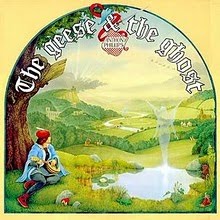



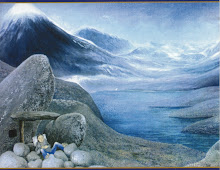

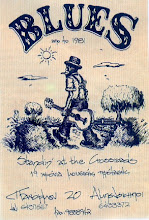

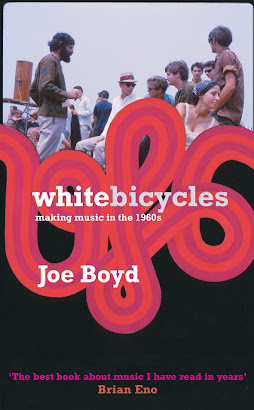
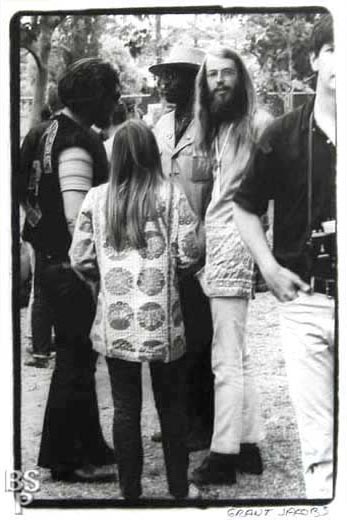
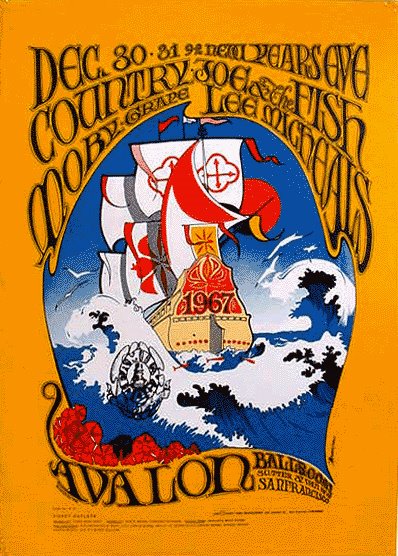
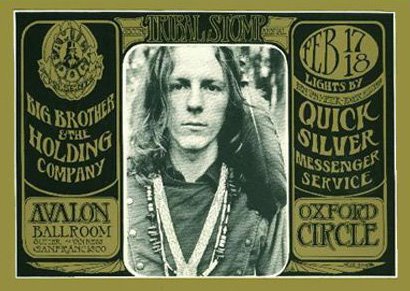
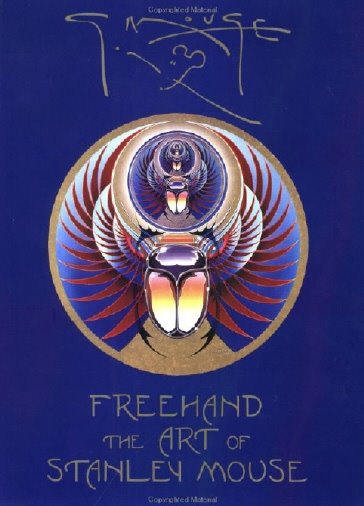.jpg)

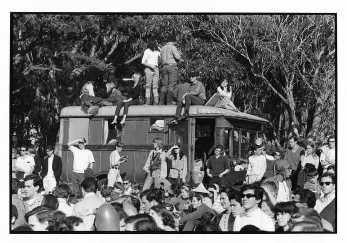




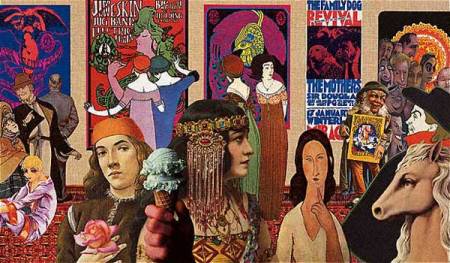.jpg)
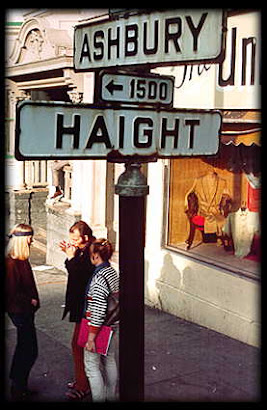
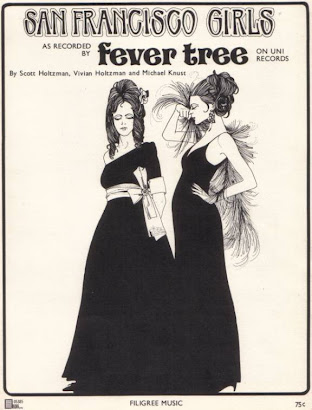
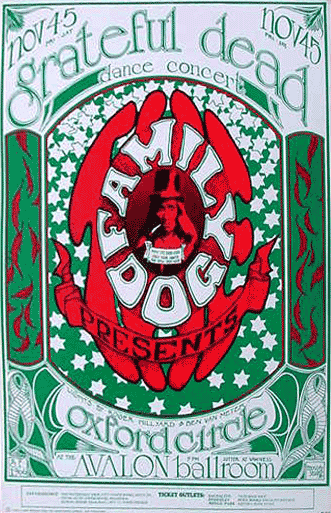
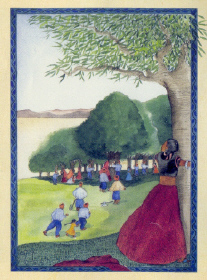
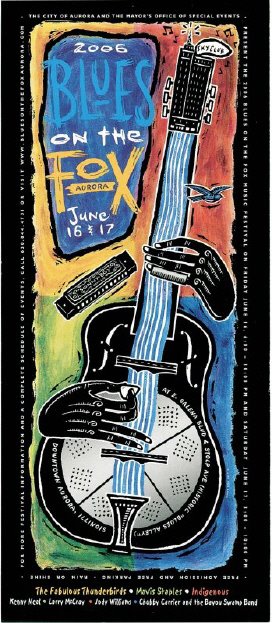




.jpg)





















































































+-+cover.png)














.jpg)
































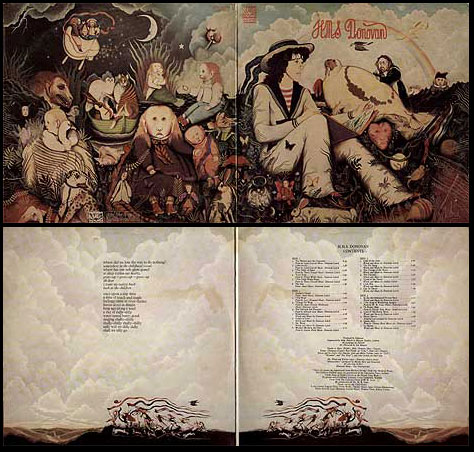


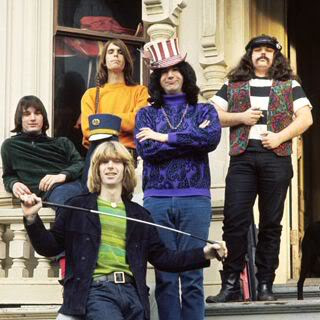






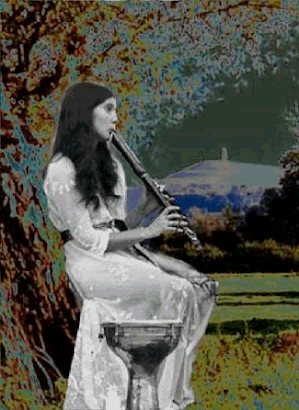












































.jpg)








0 σχόλια:
Δημοσίευση σχολίου